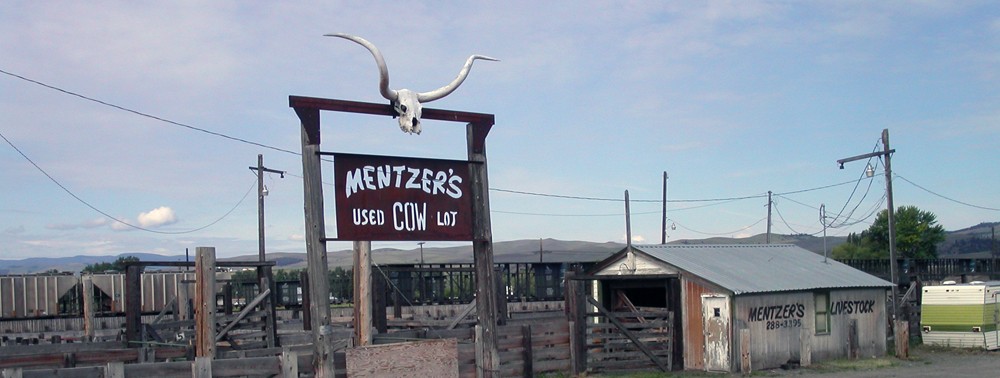I began describing Silver Spring, Maryland, as a “sundown suburb” two years ago in articles and in public talks. My research has identified more than 50 residential subdivisions covering about 10 square miles next to Washington, D.C. that had racially restrictive covenants attached to them between c. 1904 and 1948. After the U.S. Supreme Court ruled in 1948 that the covenants were unenforceable in the courts, whites used other tools to keep their communities free from African Americans (and Jews): steering, redlining, gentlemen’s agreements, club memberships, etc.
North Woodside is part of the historic Silver Spring sundown suburb. In the early 20th century subdivisions filled in the former farmland east of the B&O Railroad tracks and the Talbot Avenue Bridge. Like many of its counterparts, early landowners attached racially restrictive covenants to their properties prohibiting African Americans from living there — unless they were domestic servants.

David Cox wipes away tears during an emotional statement renouncing his neighborhood’s use of racially restrictive deed covenants.
At the Talbot Avenue Bridge Centennial celebration September 22, 2018, a remarkable thing happened. David Cox, the current president of the North Woodside-Montgomery Hills Civic Association made an emotional statement renouncing the anti-Black racism that kept his neighborhood all-white for much of the twentieth century. Cox affirmed North Woodside’s new bonds with the community “on the other side of the tracks,” Lyttonsville, Cox read a resolution unanimously approved by his neighborhood association’s board of directors.

Racially restrictive covenant included in a deed for the sale of a lot in Silver Spring’s North Woodside neighborhood, November 16, 1923.
After reading a racially restrictive covenant attached to a North Woodside deed in 1923, he said, “it is evidence that at one time, people in my neighborhood were interested in keeping it white.” Cox became emotional and as he regained his composure, he said, “My wife says I cry at McDonald’s commercials.He also acknowledged that the practice wasn’t limited to his neighborhood and that it was common throughout Silver Spring. “The tracks between our neighborhood and Lyttonsville were a dividing line between black and white spaces. Racially restrictive deed covenants enabled and perpetuated racial segregation and even after these restrictions were outlawed, the social dynamics caused by such patterns continued.”

Lyttonsville’s Charlotte Coffield (front) and North Woodside’s Anna White.
North Woodside neighbors worked closely with Lyttonsville residents and others to plan and produce the Talbot Avenue Bridge celebration. “Over time, of course, neighborhood change,” Cox said. “And we think North Woodside has changed for the better. I believe our community is a welcoming place.” He added
Over the past several years, our civic association has worked in collaboration with the civic associations of Lyttonsville and Rosemary Hills on issues associated with the bridge … we have advocated together at meetings. I hope we have started to build a level of trust. We want that spirit of trust and connection to continue and desire that it should extend beyond the work we are already doing on these issues to encompass social gatherings such as this centennial celebration.
Thank you David Cox and the people of North Woodside for taking this historic step.
Read the complete resolution here:
© 2018 D.S. Rotenstein
